Why Did the Aircraft Crash? Just Remember P-E-M-A
- In Airplane Crash, Helicopter Crash, Wrongful Death
- 2 November 2023
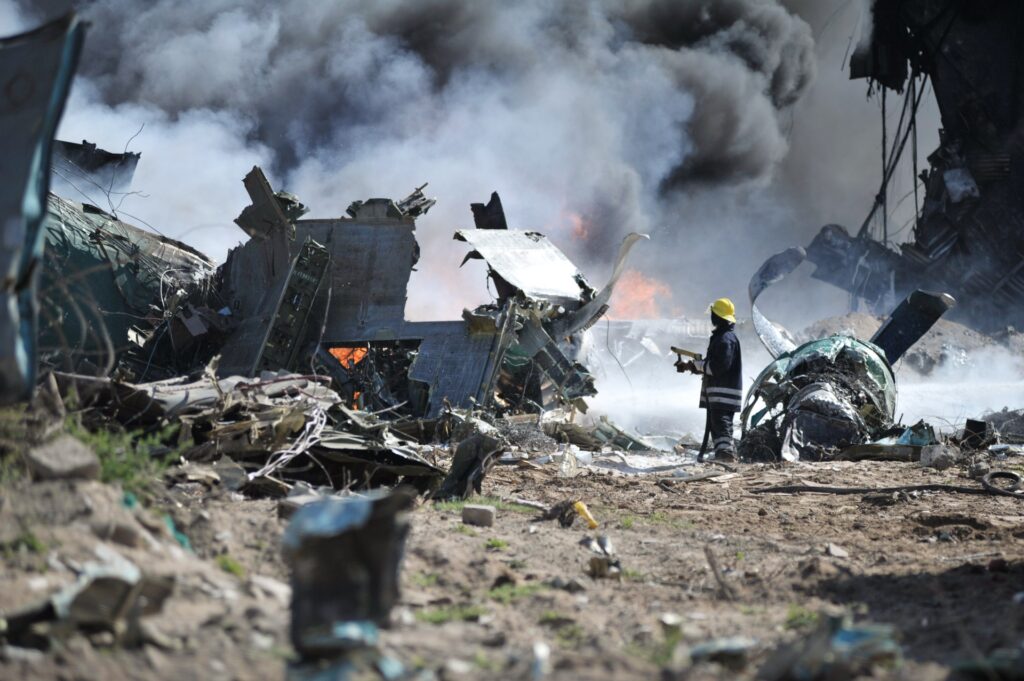
Why did the aircraft crash? The answer to this important question can be complex. Using our many years of experience and knowledge, we’ve been able to develop an easy-to-use checklist that will help lead you to the answer.
Just use “P-E-M-A” for your initial checklist to put you on track for the answer. P-E-M-A stands for:
P: Pilot
E: Environmental
M: Maintenance
A: Air Traffic Control
Let’s evaluate each of these in a bit more detail.
Pilot Issues Can Cause Aircraft Crashes
Pilot issues are at the top of our list because they are often some of the first and most obvious factors in airplane crashes. The pilot has the most knowledge and the greatest responsibility to keep all passengers safe. With that said, let’s take a look at some of the important questions to consider when trying to determine the cause of an airplane crash that are related to pilot issues.
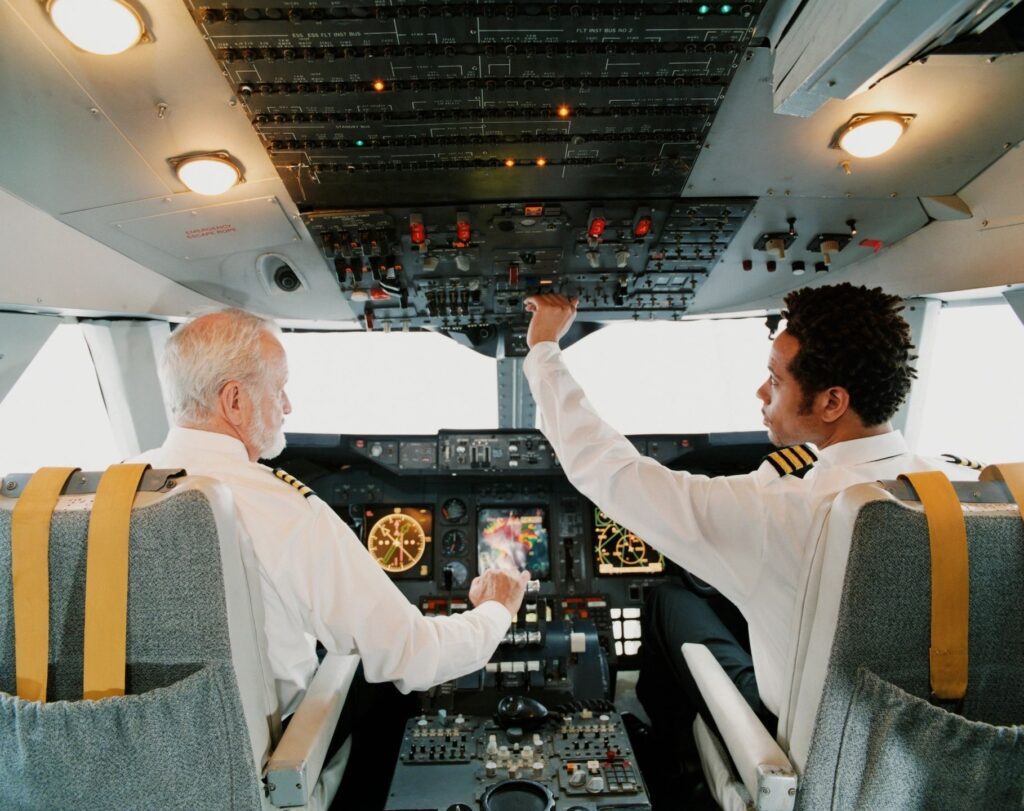
What type of Pilot Certificate did the pilot have?
- Student Pilot: A student pilot learns to fly under the guidance and control of a Certificated Flight Instructor. In the beginning the student flies with the instructor until he or she is ready and signed-off by the instructor to fly solo for the first time. After that, when the instructor is satisfied that the student is ready and able to safely navigate to a distant airport, the instructor signs the student off for their first “cross-country” flight to a distant airport. Then the next step is for the student to take and pass the FAA written Private Pilot test, followed by the actual Private Pilot Check Ride given by the FAA or an authorized Private Pilot Examiner.
- Private Pilot: A private pilot is allowed to fly solo or carry passengers. But a Private Pilot can only fly in Visual Flight Rule (VFR) conditions which require visibility to be 3 miles and remain clear of clouds– unless – the Private or Commercial Pilot obtains a Special VFR Clearance from Air Traffic Control and remains Clear of Clouds, with flight visibility being at least 1 statute mile. (Federal Aviation Regulations) 91.157(b) – Special VFR Weather Minimums.)
- Commercial Pilot: With the Commercial Pilot Certificate and appropriate FAA Medical Certificate and log book endorsements, one can fly as a Pilot In Command (PIC) for compensation or hire with or without passengers on-board. However, please note that flying for compensation or hire is very limited under FAR Part 91. Commercial operations will require additional qualifications as well as ground and flight training under FAR Part 135. Additionally, there are also “duty time limits” imposed on Commercial pilot operations.
- Instrument Rated Pilot: Pursuant to FAR 61.65 the pilot must have had – among other things – at least a Private Pilot Certificate, ground and flight training from an authorized CFI and passed the knowledge and practical tests in an airplane or helicopter for the rating sought by demonstrating required flight proficiency.
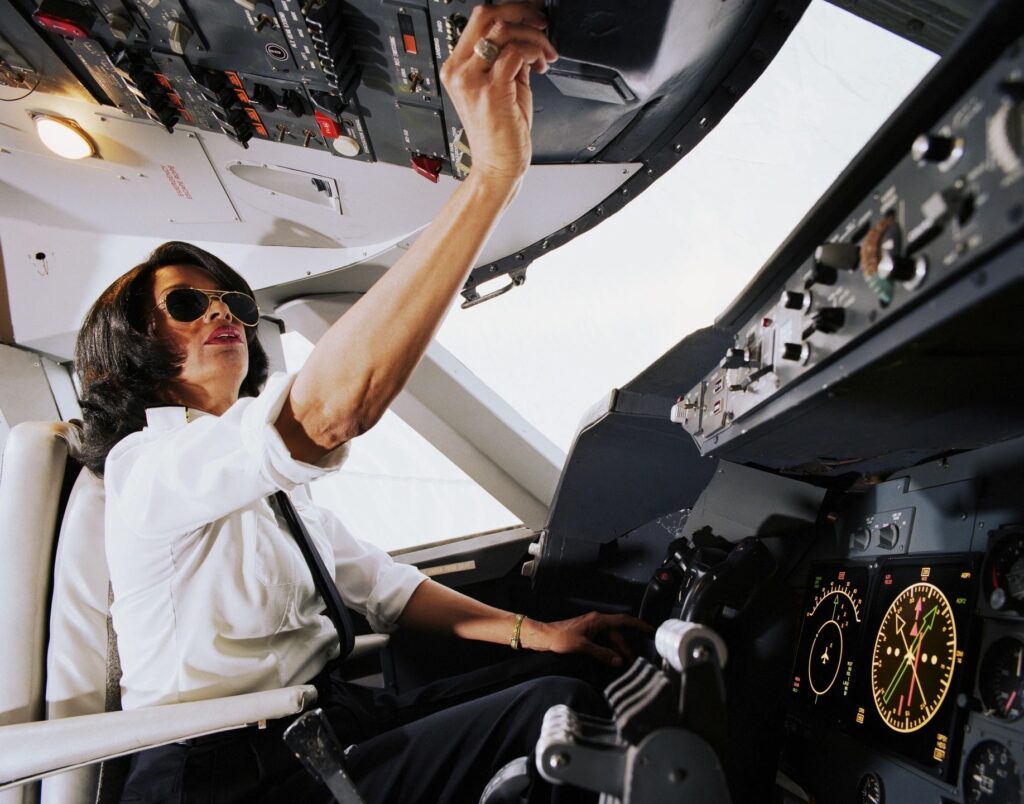
Some other important questions to ask:
- What was the Pilot’s total flight time? Time in Type of aircraft?
- What additional qualifications did the pilot have – or not have – such as:
- “High Performance” check out in an aircraft with more than 200 horsepower?
- “Complex Aircraft”check out in an aircraft with retractable landing gear, flaps and constant speed propeller?
- “Current Biennial Flight Review”? Required every two years.
- When was the Pilot’s last flight before the crash flight and in what type of aircraft?
- Was a Pre-flight Inspection by the Pilot observed? (Be sure to record the details)
- Was fuel added prior to departure? If so, confirm Fuel Source. Examine all aspects of the fuel provider including contamination prevention and testing.
- Was aircraft equipped with Cockpit Voice Recorder (CVR)? If so, seek retrieval of CVR recording.
If the accident flight was a commercial flight under FAR Part 135, then there are many records that need reviewing both for the Operator and the pilot regarding qualifications, training, check-rides and authorizations.
Environmental Issues Can Cause Aircraft Crashes
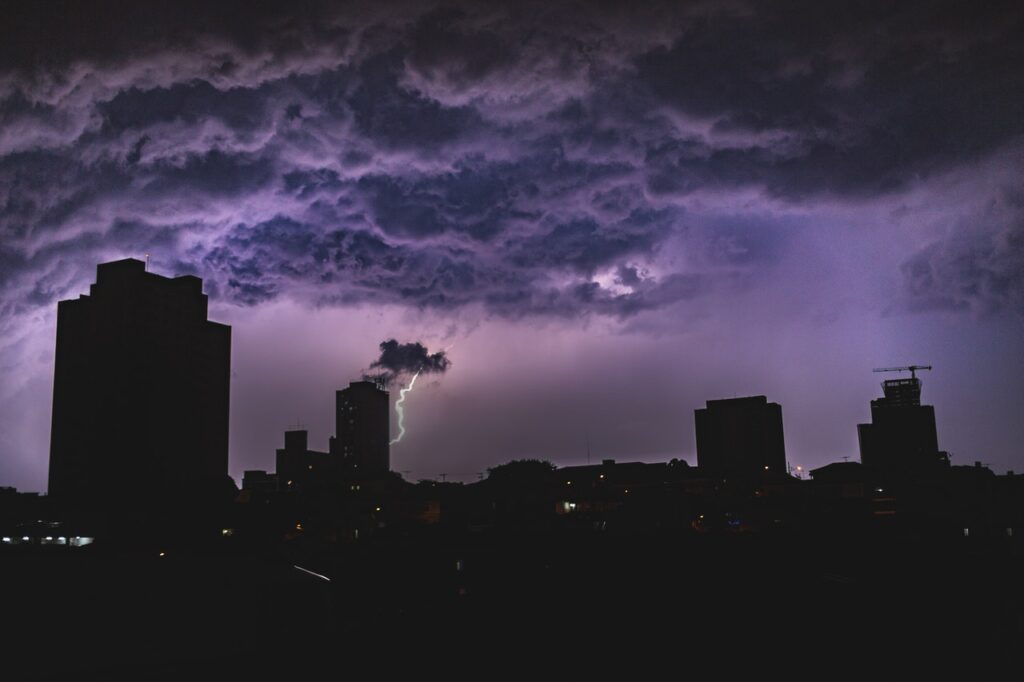
Environmental issues mostly means “weather.” Weather is often an issue. It is also the most uncontrollable factor in airplane and helicopter crashes. Too often, unnecessary risks are taken for convenience when the weather doesn’t warrant those risks. So here are some questions to ask about the weather when trying to determine the cause(s) of an aircraft crash.
- What was the existing weatherat the time of departure?
- Cloud Conditions?
- Visibility?
- Wind direction and velocity?
- What was the forecast weather at destination?
- What was the actual weather enroute?
- What was the actual weather at the crash location?
Maintenance Issues Can Cause Aircraft Crashes
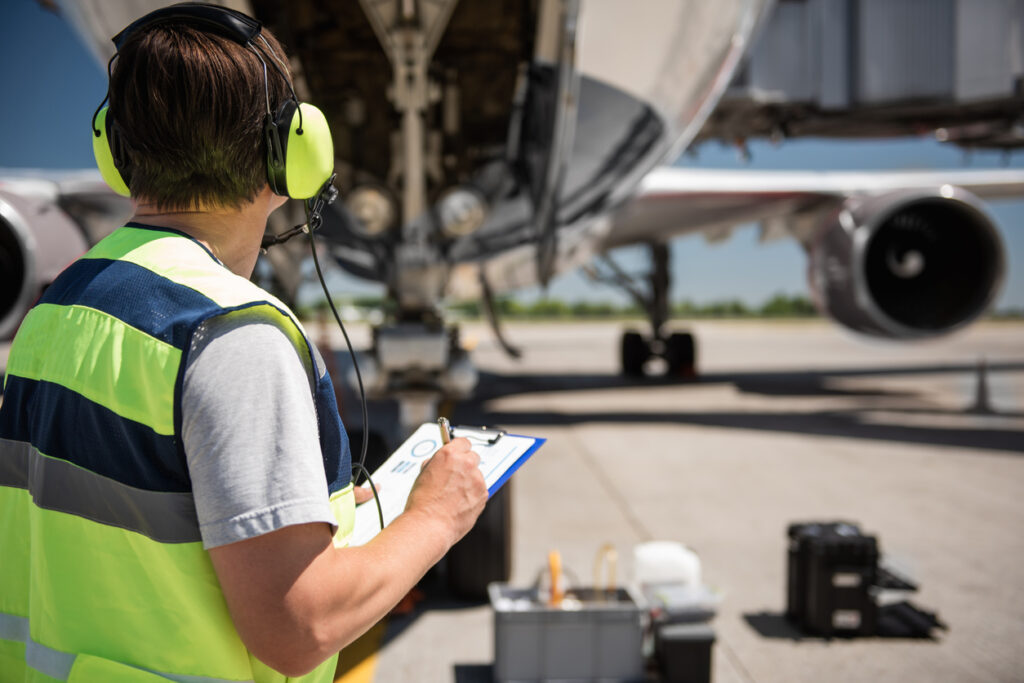
Maintenance issues can often be overlooked or assumed to be handled by someone else. The maintenance of any aircraft is critical to its flight safety and should always be kept up to date and recorded. Some important maintenance key issues to consider when trying to determine the cause(s) of an aircraft crash:
- Aircraft Annual Inspection Current?
- 100 Hour inspections current if required?
- Any recent airframe or engine maintenance?
- Any recent equipment installed?
- Any FAA Form 337 made for major repairs or alterations to aircraft airframe, powerplant, appliance or component part?
Air Traffic Control (“ATC”) Can Cause Aircraft Crashes
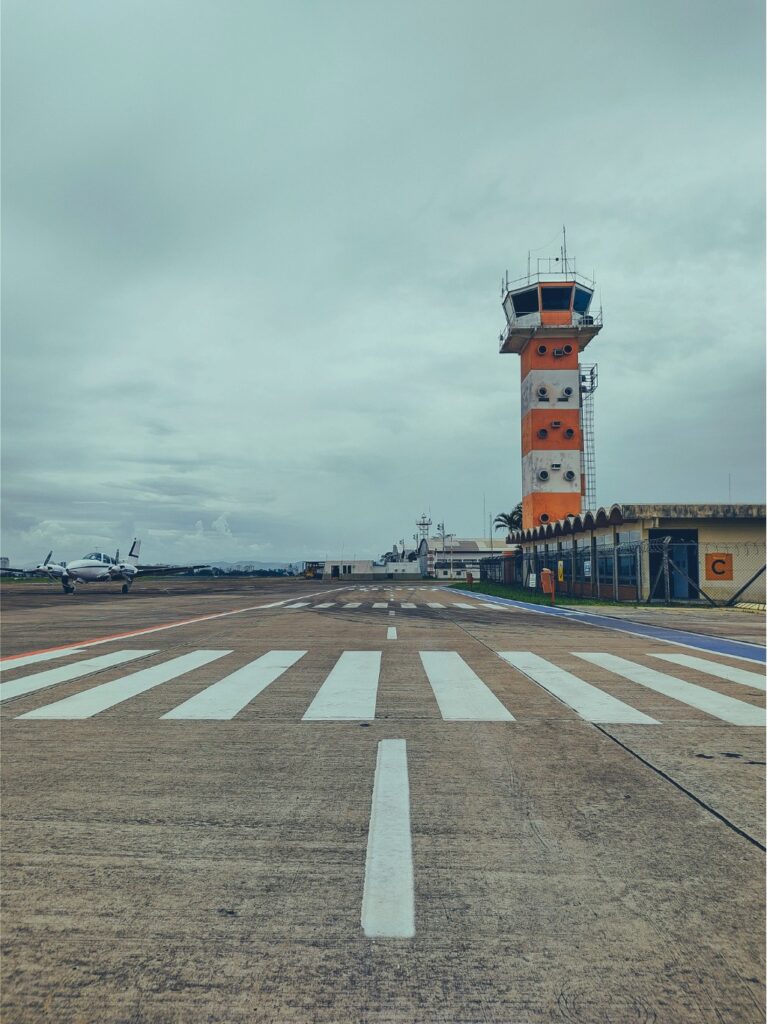
The final factor to consider is air traffic control (ATC). ATC issues may take some legwork to acquire, but all ATC information should be available for investigation. A few of the important questions to ask about ATC when trying to determine the cause(s) of an aircraft crash:
- Did ATC provide appropriate clearances and radar vectors?
- Did ATC provide appropriate weather or traffic updates?
- Did ATC provide enroute or arrival updates or options?
Capture all communications with ATC and any pre-flight ground communications with company dispatch if available.

The lawyers at Bailey & Partners have over 30 years of experience in aviation law. We know the right questions to ask to get to the root cause of a crash. We know how to advocate for our clients. If we can answer any other questions regarding, “Why did the aircraft crash?” feel free to contact us.
If you or a loved one has been injured in an aviation accident and need a helicopter accident attorney or an airplane accident lawyer, contact Bailey & Partners for a free consultation. The attorneys at Bailey & Partners have a track record of proven results in Los Angeles and around the world. We look forward to helping you.
Contact us for a FREE complimentary case evaluation:
- Call: (310) 392-5000 or 800-973-2263
- Email: questions@baileypartners.com or
- Fill out the form on this page
Related Posts
- Update: Boeing 737 Max 8 – Further Analysis Will Focus on More Obvious Flaws
- Update: Boeing 737 Max 8 – “Operator Error Theory” Collapsed …
- Piper PA-24-250 Comanche Crash in San Antonio – 3 Fatalities
- Holiday Airplane or Helicopter Crashes – “Go or No Go”?
- New FAA Rule For General Aviation Aircraft Will Increase Development Of New Technology

